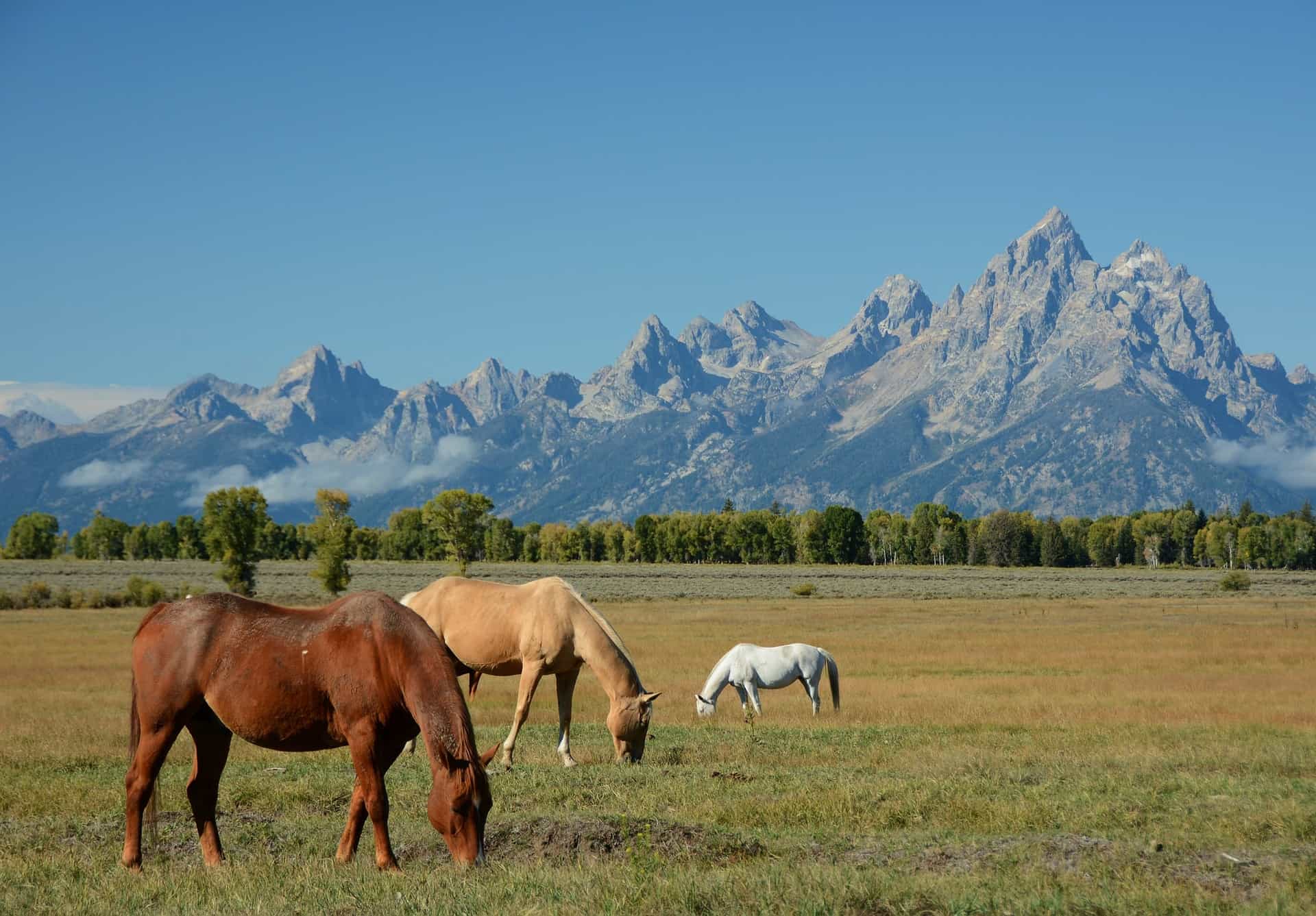Grand Teton is the highest among the peaks of the Teton Mountain Ranges in North America. The mountain is just one of the many spectacular attractions of the Grand Teton National Park.
Every year, over 4 million visitors flock to the park for its scenic views, captivating wildlife, and outdoor activities. On the other hand, Grand Teton also falls in the list of America’s deadliest National parks due to its rugged peaks, steep slopes, and extreme weather conditions.
Is hiking Grand Teton National park safe? Hiking Grand Teton National Park is safe for solo or accompanied hikers. Yet, the activity requires proper preparation and precaution. The park’s rough terrain, steep trails, wildlife, and weather-related safety hazards are risks to hikers. Because of this, the park has put safety measures, notices, and warnings to keep visitors safe.
In this article, I have explored all you need to know about your safety while hiking in Grand Teton. Additionally, I have highlighted the best time to go hiking and what to expect in every season. Finally, I have shared some measures to keep you safe in your hiking adventure.
Safety When Hiking in Grand Teton National Park
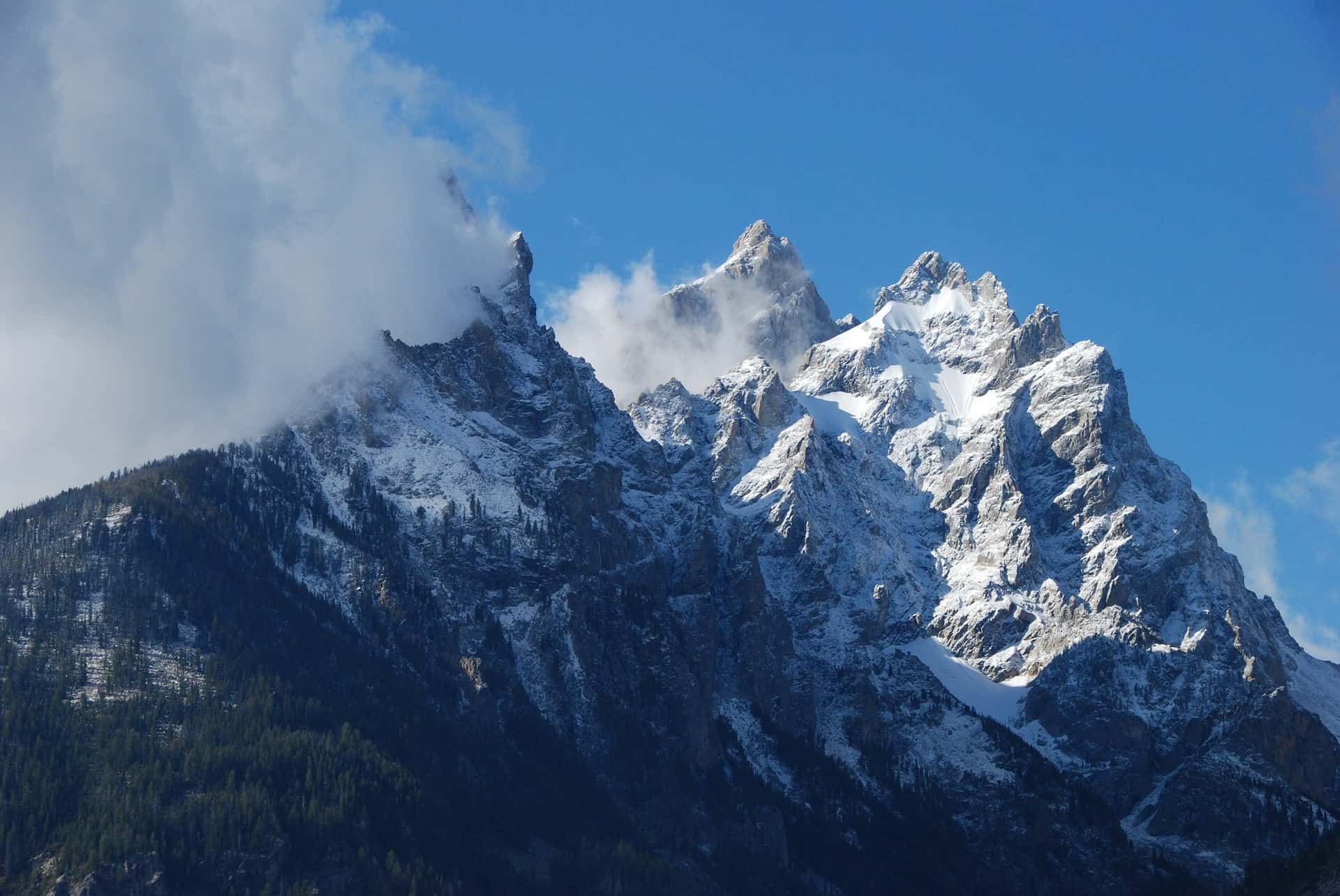
Your safety when hiking in Grand Teton is dependent on many factors. Below, I have covered each in detail.
Altitude
Grand Teton National Park’s lowest point is 6320ft (1926m), while the highest is 13,770ft (4075m). Many hiking trails at Grand Teton start at about 6300ft (1920m) and ascend to more than 10,000ft (3048m).
Heights of 8000ft are considered high altitude areas. Thus, hikers in Grand Teton’s high elevation trails may experience altitude sickness.
I always bring Electrolyte Powder on my hiking trips, as it helps with altitude sickness that causes headaches, nausea, loss of appetite, fatigue, and dizziness. As you hike higher, the symptoms become worse and can lead to fatigue and a lack of coordination. By another name, altitude sickness is Acute Mountain Sickness (AMS).
Wildlife When Hiking in Grand Teton National Park
Grand Teton hosts many animals such as bears, wolves, moose, elk, bison, and reptiles like snakes and lizards. The most dangerous, however, are bears (more info on bears later).
Mosquitoes, ticks, and spiders are also prevalent within the park.
While animals are great to look at, they can get aggressive at the slightest provocation.
Most male bears, moose, bison, and elk get more aggressive during the mating season. During these seasons, they make wild noises and fight against each other to get their female counterparts’ attention.
Females, on the other hand, get more aggressive when accompanied by their young ones. They are quick to defend their young from any danger and attack you if they see you as dangerous.
That said, you should stay at least 300ft (100 yards) from bears and 75ft (25 yards) from other wildlife. As for bugs, the best defense against them is the use of my favorite bug spray.
Do You Need Bear Spray When Hiking in Grand Teton?
Bears are dangerous. Given that they are numerous in Grand Teton, bear spray is necessary when hiking. From mid-March, grizzly bears start coming out of their winter hibernation. By May, you can spot them anywhere in the park.
Being aware of your environment is the first step towards protecting yourself from possible attack. Making noise as you move can also keep bears out of your way. The bear spray comes in handy when you encounter a bear at close range.
Bear spray will help keep off bears, but how you carry it, and how fast you can use it can determine your safety. So, keep it in a place that you can readily access it in case of a bear emergency – like on your belt or shoulder strap.
Tip: Practice how to get and use bear spray with speed and ease beforehand using empty cans.
Best Time to Go Hiking in Grand Teton National Park?
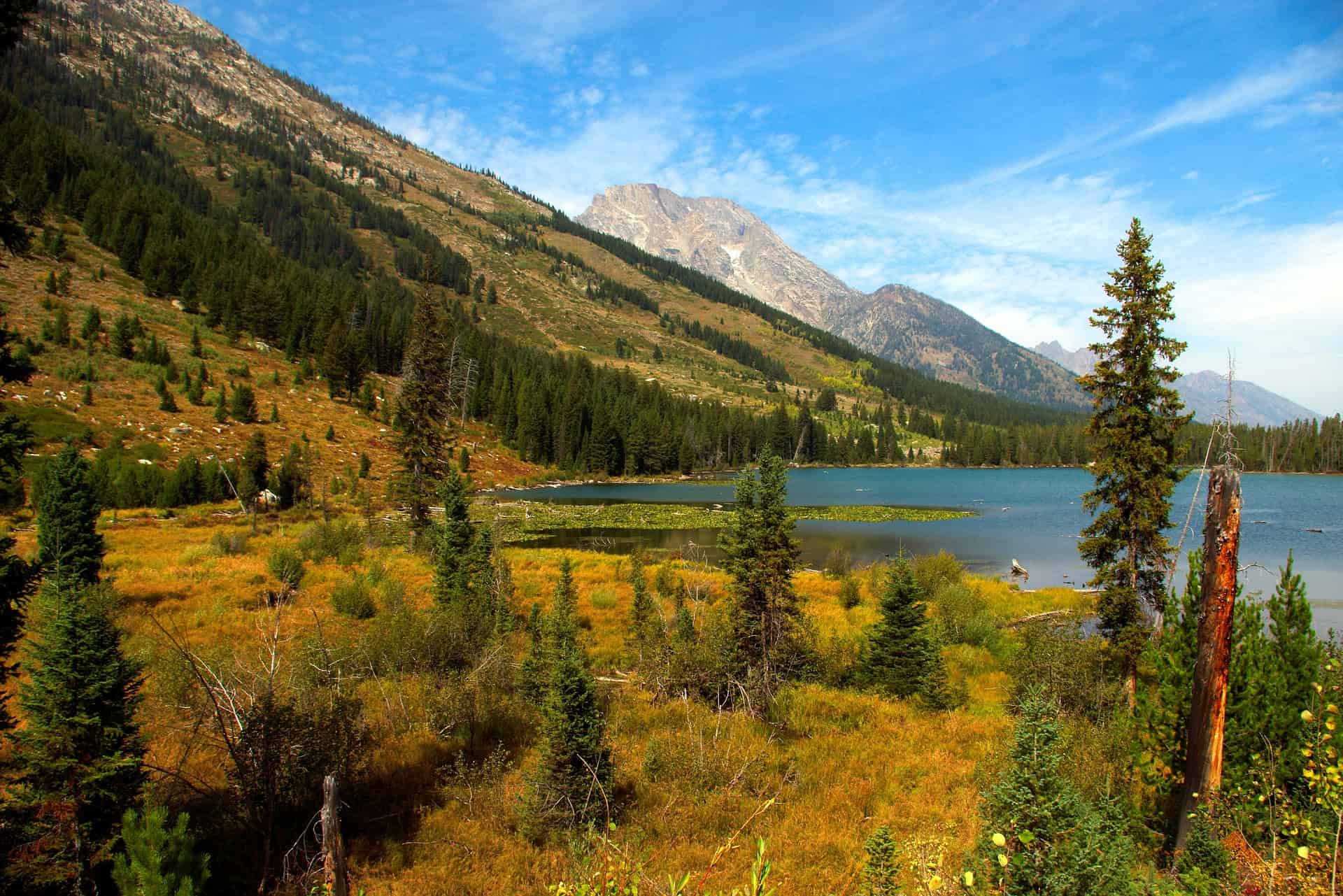
The best time to go hiking in Grand Teton National Park is June through September. During this time, the weather is warmer, and the trails are dry. Higher elevation trails are also accessible. Additionally, other activities such as kayaking, whitewater rafting, and fishing are open.
Nevertheless, you can always find great hikes in Grand Teton regardless of the time of the year.
Here is a breakdown of what each season presents for hiking enthusiasts in the park:
Summer (June-August)
The season presents cooler mornings and evenings. Daily temperatures range from 700F- 850F (210C- 290C), and over. The days are sunny with frequent afternoon showers and sometimes thunderstorms. All trails are open and popular ones are crowded, especially on weekends.
Fall (September-early November)
Temperatures begin to cool down to 450F -750F (70C- 240C). Trails are less crowded while the environment takes on beautiful fall colors. Towards the end of the season, snow starts falling.
Winter (Mid-November- early March)
The temperatures rarely go above 300F (-10C). The trails still have heaps of snow. Most of the park’s facilities and roads close for the season due to heavy snowfall. The season opens the park for snowshoeing, another popular type of hiking.
Spring (March-May)
The temperatures start warming up and range from 350F- 700F (20C- 210C). Most of the trails are still lined with lots of snow, requiring the use of snowshoes. You still cannot access most of the high elevation trails without crampons, and ice axes. As the snow clear, trails gradually open for regular hiking.
Weather Conditions in Grand Teton National Park
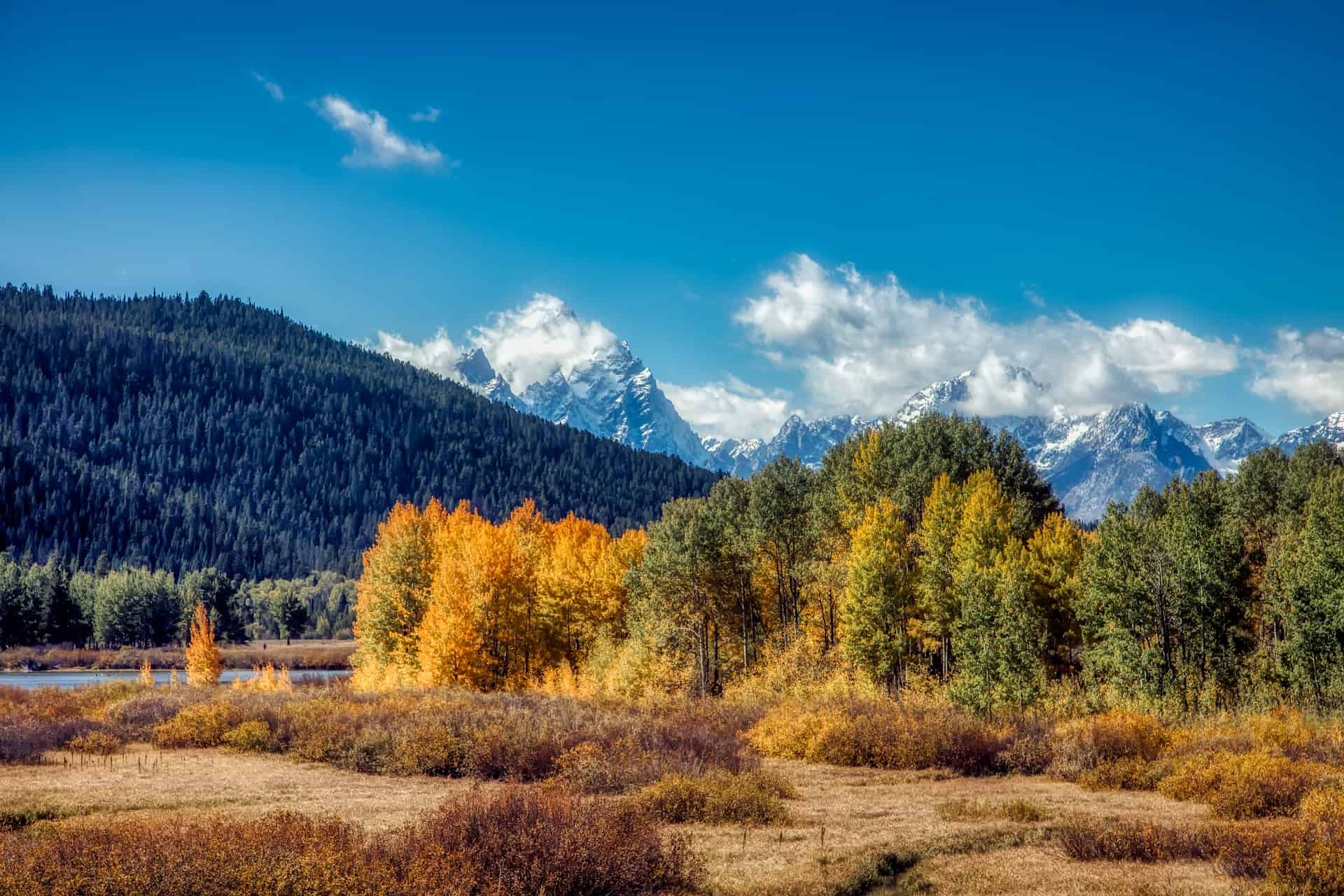
The weather in Grand Teton is defined by four seasons; summer, fall, winter, and spring. The seasons may yet present extreme conditions that result in weather-related safety hazards. These hazards include thunderstorms, lightning, intense cold, and avalanches. Further, sudden weather changes are common in the park.
Below I have highlighted common weather conditions that affect hikers’ safety in Grand Teton:
- Thunderstorms are common in summer afternoons and especially in July and August. Still, they can happen without warning during other times of the year. During thunderstorms, the rain is heavy and comes with thunder, winds, and lightning.
Besides the risk of hypothermia, thunderstorms also present the danger of lightning strikes. Signs to watch out for are dark and low-hanging clouds, drops in temperature, and noisy winds
- Avalanches occur when a slab of compact snow slides down the slope. This happens when a rise in temperature melts weaker layers of snow below the slab of snow.
An avalanche sweeps trees, rocks, and everything on its way. In Grand Teton, avalanches are common in winter and spring. Still, incidents have occurred as late as the beginning of summer.
- Rain happens anytime during summer, spring, and fall. However, June is the month with the highest rainfall.
- Extreme cold is common in winter when temperatures go way below the freezing point (00C/320F).
Is It Safe to Hike Alone in Grand Teton?
Hiking alone in Grand Teton is considered safe, as long as you uphold proper safety measures. As a solo hiker, you need to be more cautious, independent, and self-confident than hiking in a group.
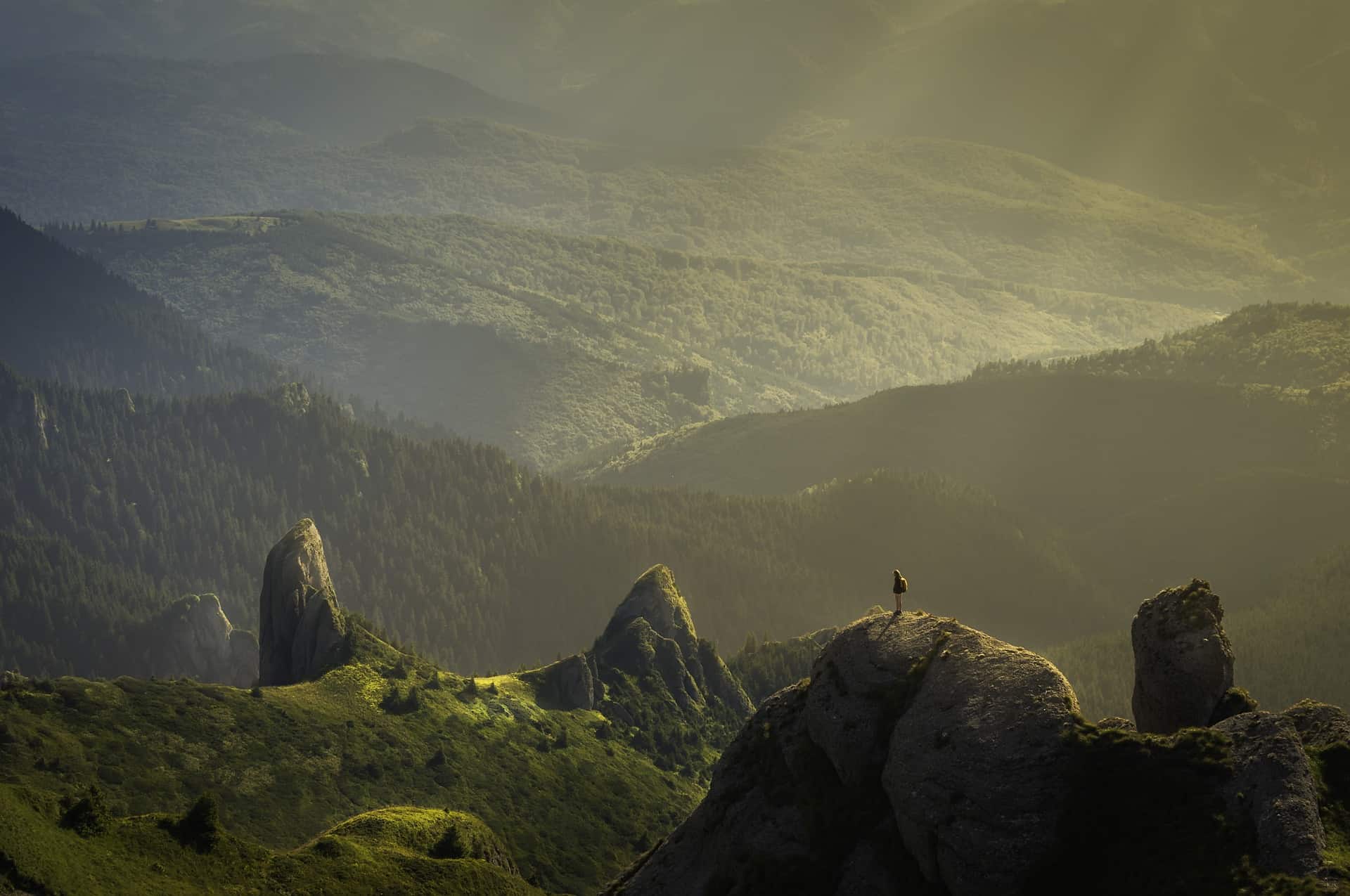
In Grand Teton National Park, search-and-rescue missions that involve lone adventurists are significant. Solo visitors have lost their way, suffered injuries, or encountered weather-related emergencies. Some couldn’t find help on their own until rescuers located them.
While everyone needs to keep safe, these extra tips can help you stay safe if you are hiking alone.
- Pick well-traveled and well-marked trails and stick to them
- Don’t push yourself beyond the limit
- Tell someone where you are going
- Carry more water and food than you think you need
- Gather as much information about Grand Teton as possible
How to Keep Safe When Hiking in Grand Teton
When hiking in Grand Teton, you can keep safe by observing the park’s safety guidelines and self-care. It is essential to plan for emergencies. These include sudden weather changes, wildlife attacks, accidents, and getting lost.
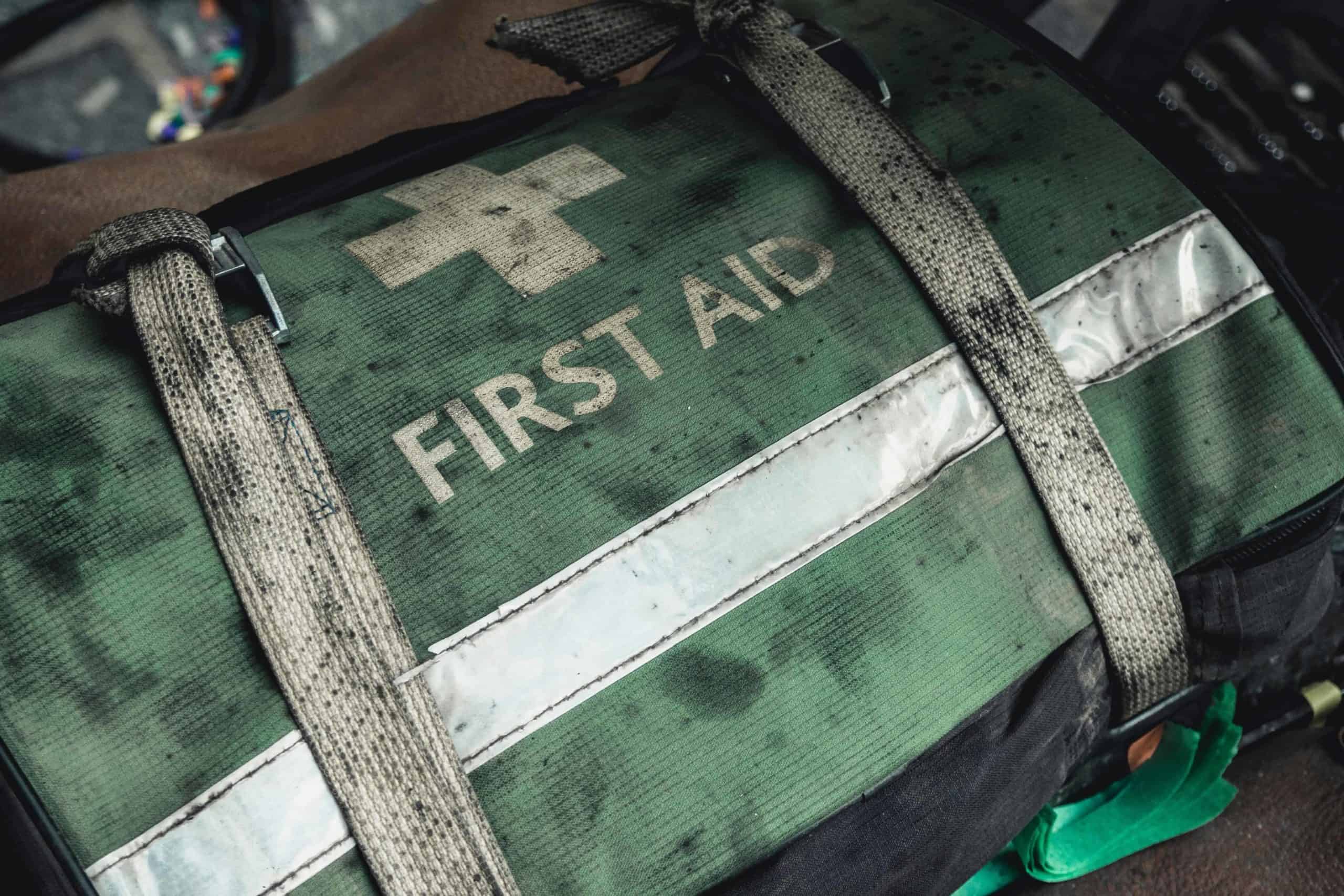
I have prepared a list below of must-have safety essentials and safety tips. These might make the difference between a great adventure and a complete nightmare.
Must-have Safety Essentials
- Trail map/ guide book
- Cell phone
- Compass
- First aid kit – learn earlier what to do in case of an emergency
- Water and sports drinks for hydration
- High energy snacks for energy
- Sun protection – sunscreen and protective attire like wide-brimmed hats and sunglasses
- A fire source/ firestarter
- Insect repellant/ bug spray
- Storm whistle
- Clothing for a variety of weather conditions
- Pocket knife
Safety Tips
- Always check out the weather forecast before venturing out.
- If it is possible, don’t hike alone. With a company, you can help each other when the need arises. Also, animals are less likely to attack a large group of people.
- Always stay on the designated trail.
- If you are hiking in a group, stick together and keep track of everyone.
- Start and finish your hike early in the day to avoid hiking in the dark.
- When you shelter from thunderstorms, stay as low as possible. Avoid isolated trees, rocks, and summits.
- Keep a safe distance from wildlife – 300ft (90 yards) for bears and 75ft (25 yards) for other animals.
Final Words
National parks come with their fair share of safety hazards, and Grand Teton is no exception. Still, many hikers have gone out there and had great adventures. Are you careful enough to follow safety guidelines laid out by the park and take good care of yourself? Then you too will hike safely in Grand Teton.

